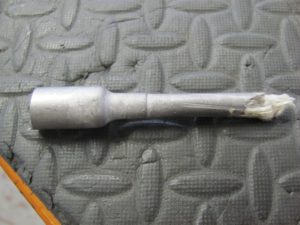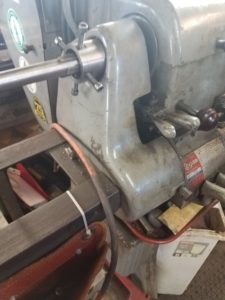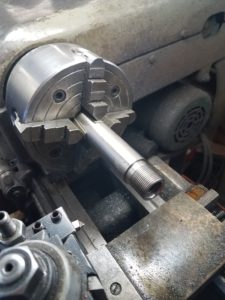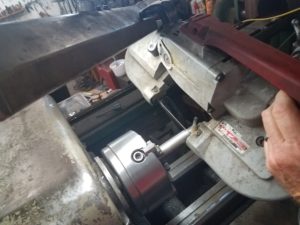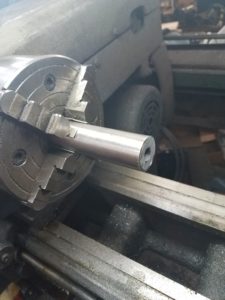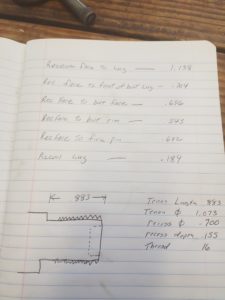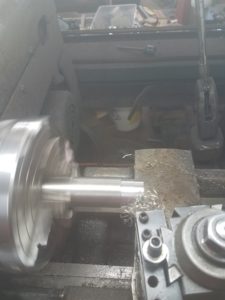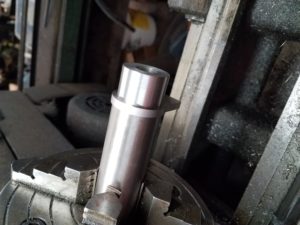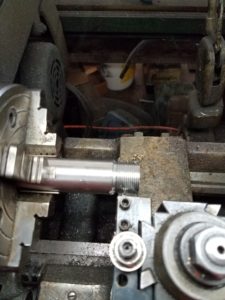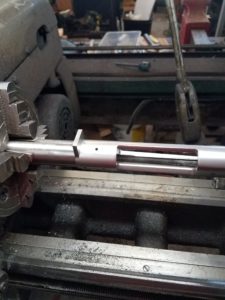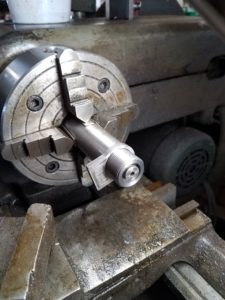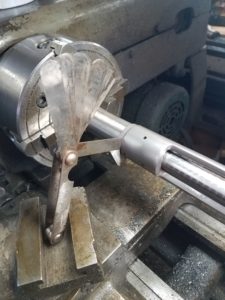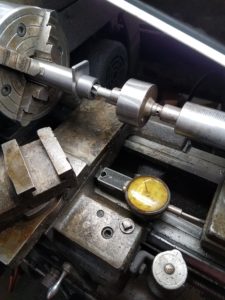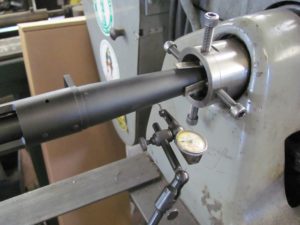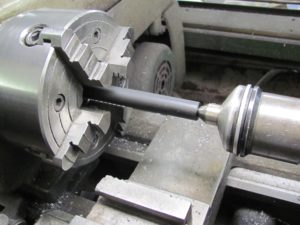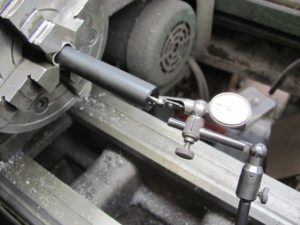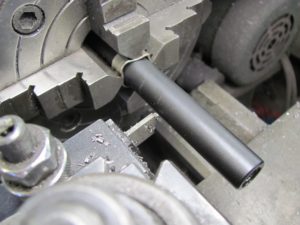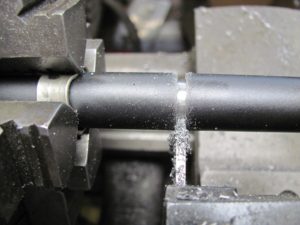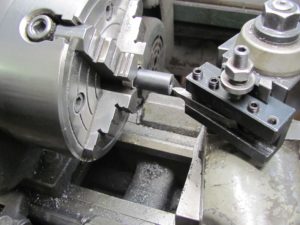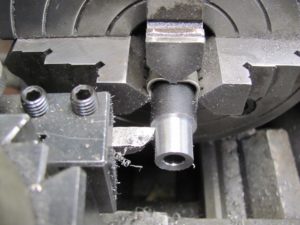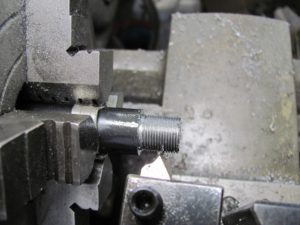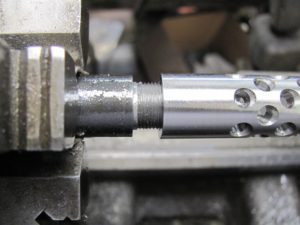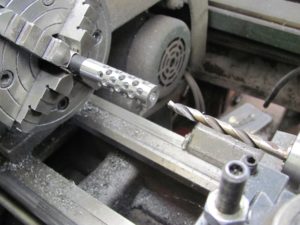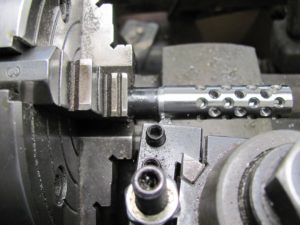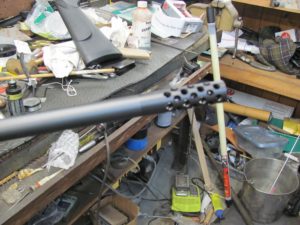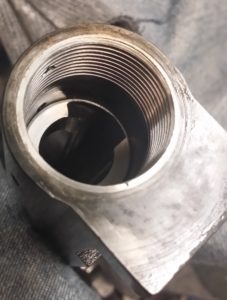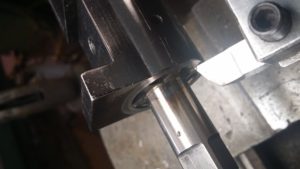The Good Samaritan
The line of questioning was started by a lawyer. Not the kind of lawyer that gets you out off with a suspended sentence but an expert in interpreting Old Testament law. What the Jews called the Torah. It’s in Luke 10:25 if you are a Bible person. The question he asked Jesus was “master, what shall I do to inherit eternal life?” Jesus did what great teachers, psychiatrist and lawyers do. He answered with a question. Now this wasn’t strange or odd for Jesus.
Jesus was asked 183 questions in the bible. Anybody know how many he answered with a straight answer? That’s right! 3 times he gave a straight answer. He would either answer with a question or a parable. I can see the disciples start rolling their eyes at each other as if to say “not another story”! Jesus even apologized to them for speaking in parables and explained that later he wouldn’t have to speak in parables and he could just tell them. Ever wonder why? I think Jesus was speaking to all that would be hearing his word for thousands of years to come. The parable survives translation when the translated word changes meaning. In other words he did it for us and they just had to put up with it. Like when I was a phone man and my kids wanted money, first they had to listen to the “up the pole story” about how I had to climb that big pole to get my money. (They hated that story!)
So Jesus reply was “what does the law say and how do you read it”. He knew this man was a Pharisee and that he had years of study. He also knew this man wanted to show others how much he knew. The lawyers answer was straight out of the Old Testament. Love God with all your heart, all your soul, all your strength and all your mind and love your neighbor as yourself. Jesus praised his answer and said do this and you will live.
The lawyer had it made but he had to ask one more question to justify himself. He asked “and who is my neighbor?”
It’s a valid question. Where do we draw that circle? If I’m willing to help others but I only have a little money and limited hours how do I draw that line and exactly where do I draw it? Around my family? (Sure!) Cousins? 2nd cousins? Friends I see every week or once a year? I want to be generous but I have to live within my means. (And sometimes mean is an accurate description). Jesus was ready with one of his most famous stories. Even if you didn’t grow up as a God Bible Jesus person you have heard this story or at least the name, The Good Samaritan.
So why did this story stick? A Samaritan was a person from Samaria. It was a country next to Israel. They never got along with the Jews and even had war and race riots. Samaritan was used as a term of slander and to degrade. Their name was used for dirty jokes and to suggest you were a Samaritan would be “fighting words.” So let’s fast forward 2000 years. The Samaritans are gone, absorbed into other cultures but the name has a wonderful connotation when used to describe a caring person. The Jews are still here but calling someone “the good Jew” just doesn’t work the same.
Jesus was the master at telling a story that would pull you out of your comfort zone (he still is!). He knew all about racial bias and discrimination. His parable of The Good Samaritan used this to full effect. It was told in the well-known version of three. The people listening in that day knew the third person would be the one to help. They were caught off guard when it was a person they would never have a conversation or a cup of coffee with. There are a few more things you need to know about their world to see this story like they did.
The Times- Times were bad! The wealth was not distributed. No middle class. All the wealth was in the hands of the wealthy 1%. Heavy tax burden led to farming communities having to sell their land and become tenant farmers on what had been their own land. Young men were not able to inherit and forced to work as field labor for subsistence wages. Nothing was working. In desperation many young men had left the work farms and joined outlaw bands living it the mountains. They robbed travelers and Romans. These outlaw bands were known as the Zealots but they were very disorganized. Most people listening to Jesus would have known someone who had turned to crime to survive or seen their children leave home to be robbers.
The Road- The road from Jerusalem to Jericho was 17 miles of rugged misery. Jerusalem is 2500 feet above sea level. Jericho is the lowest city on earth at 800 feet below sea level. The road was not much more than a foot path with switch backs, cliffs and caves. Perfect for ambush. They had a name for the road. It was known as “The Way of Blood.” Not a very appealing name. Imagine your GPS saying “turn right on blood road”.
The Priest- he was the first to see the injured naked man. Being a priest meant he was doing the “love God” thing. We hold our pastors to a higher level and they did too. Being a priest also meant he was a member of the Sadducees. They were basically pro Roman because that meant the wealth would stay where it was. They were in the top 1%. Jesus said he saw the man and moved to the other side of the road and passed by. What a disappointment.
The Levites- he was the second to see the man. Levites were experts on the law and most were Pharisees. They were basically not as well off as the Saducees or as pro Roman. They considered themselves very religious and entitled to God because they followed the law. They wanted anyone who didn’t obey the law to pay a price for being a sinner. The Levite passed by without helping. We don’t know why. Maybe he didn’t feel obligated because the injured man was a stranger. Maybe the victim was another race or he was in a hurry. Would he have helped if it had been someone in his family? Safe to say yes. How about someone that lived close by or someone he worshipped with? Probably he would have helped.
The Samaritan- Jesus knew all about the bias towards the Samaritans. As long as people have looked or sounded different we have had bias. It never came from God, it came from men. I’m sure Satan has enjoyed it. It is certainly still holding us back 2000 years later. The Samaritan looked on the injured man and felt compassion. Maybe he had suffered at the hands of others himself. It doesn’t sound like he was especially wealthy since he was traveling alone. No way had he had the resources to fix what was wrong with the world but he chose to act. He bandaged the man’s wounds. The people listening to this parable would have known what that meant. The Samaritan ripped off strips of his own clothing. He poured on oil and wine. This softened the wounds so they would heal and killed germs. He sat the injured man on his donkey and carried him to an inn. He stayed with him all night and fed him ice chips and pudding pops (just making sure you are listening). Next day he prepaid the innkeeper 2 days wages to take care of him. Then he told him if it required more he would pay him next time he was passing through.
When the story was over Jesus asked the lawyer which of the three was the man’s neighbor? The lawyer replied the one that showed mercy on him. Jesus didn’t need to elaborate so he closed with a simple “Go, and do likewise”.
You don’t have to know everything to know something so what does this demonstrate? We already know God wants us to love our neighbor but like the lawyer we have to draw a line. I’m going to take care of my family and do what I can for friends and distant relatives. Problem is that when I take care of those close to me I don’t show how great God is to anyone. When the love shown to another will never be “credited” or returned then you know it is plainly for God.
Notice that people will do something good just because it’s the right thing to do. This points to the existence of God. Nobody does something bad just because it’s the bad thing. They do bad things because they think it will bring them something they want. Either short term pleasure or money or power but not just because it’s the bad thing to do.
We have drawn our circles around who are willing to sacrifice our resources to help. That’s just a normal thing. Almighty God doesn’t have much use for normal. He will provide you with special opportunities to let the world see his love. You will know when it happens. His message will be loud and clear. When it happens you can almost hear God saying “Here is your chance, don’t pass it up!” It will be a neighbor completely outside your circle. There will be no payback in the life for loving this outside neighbor but you will be laying up fruit that will repay you forever. You will hear people say “you can’t take your wealth with you” but Jesus said you could. You just have to send ahead before you go!
Timothy P. Whealton

